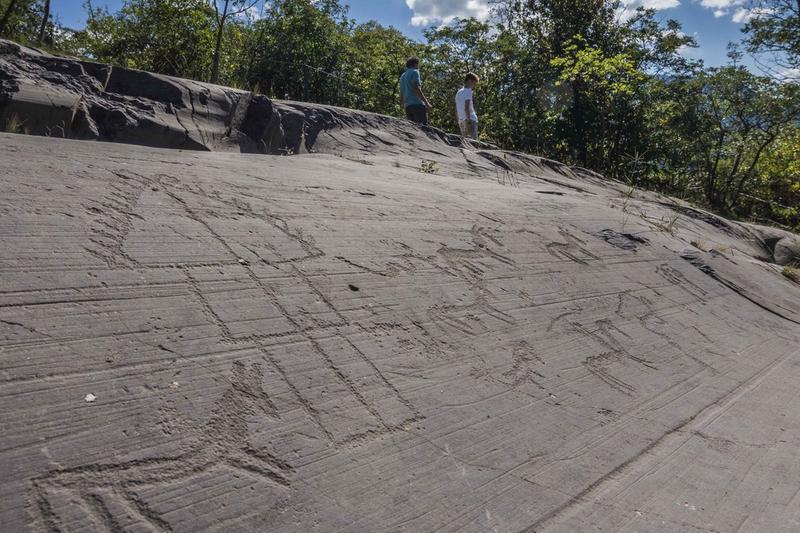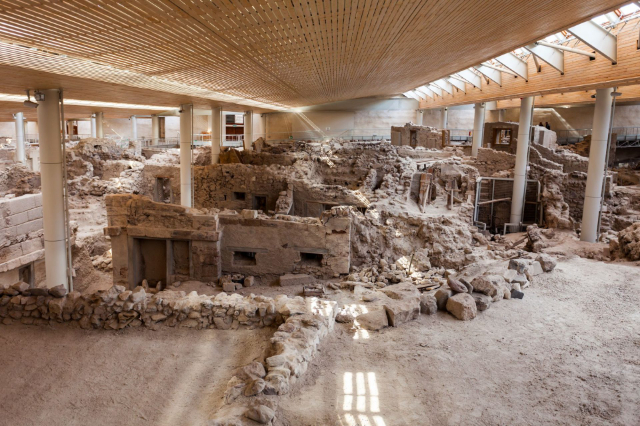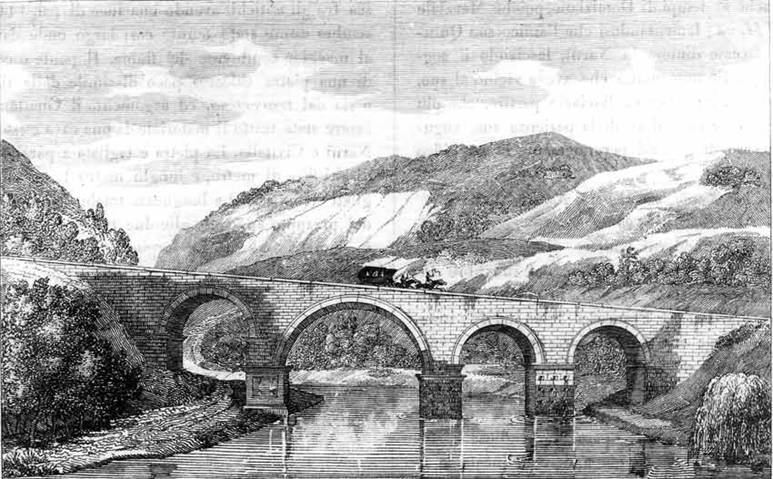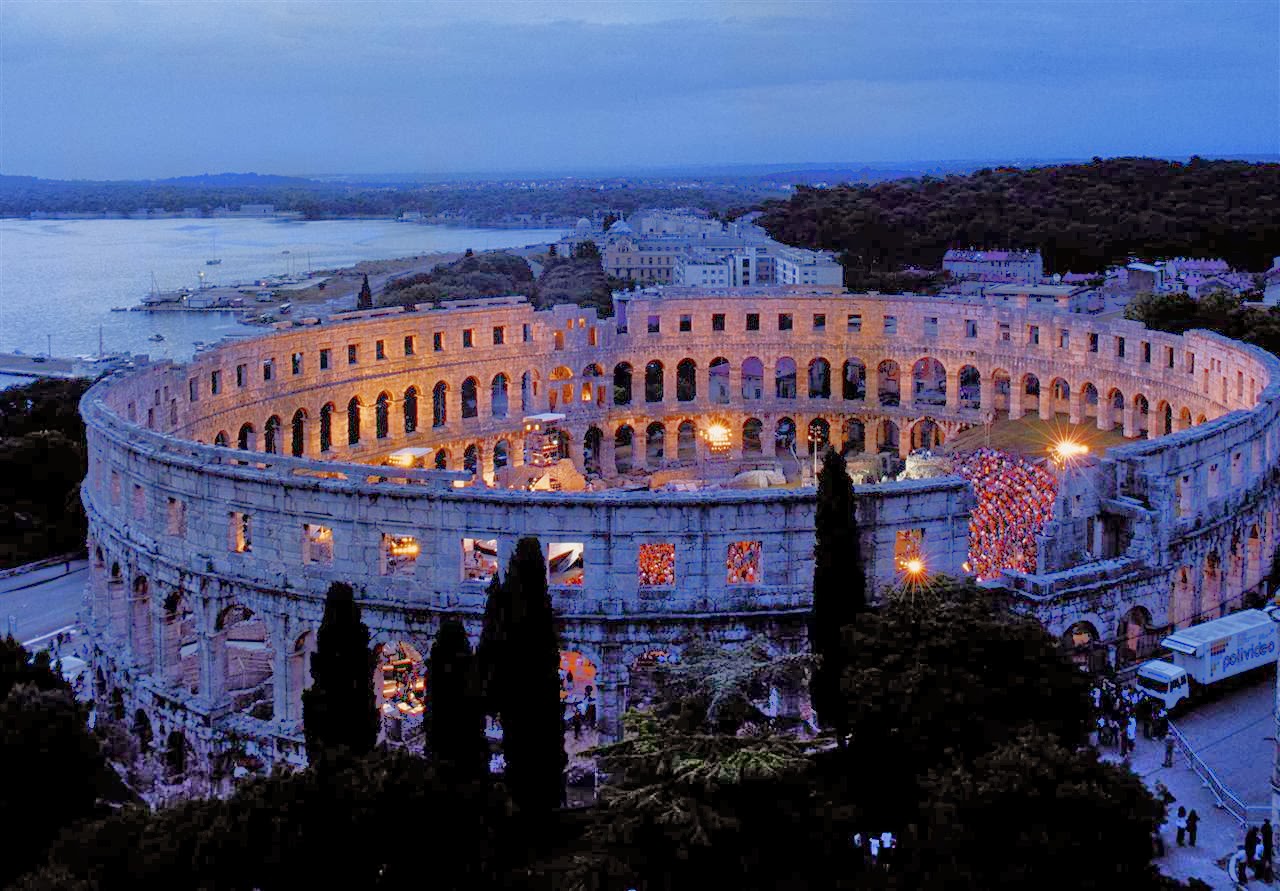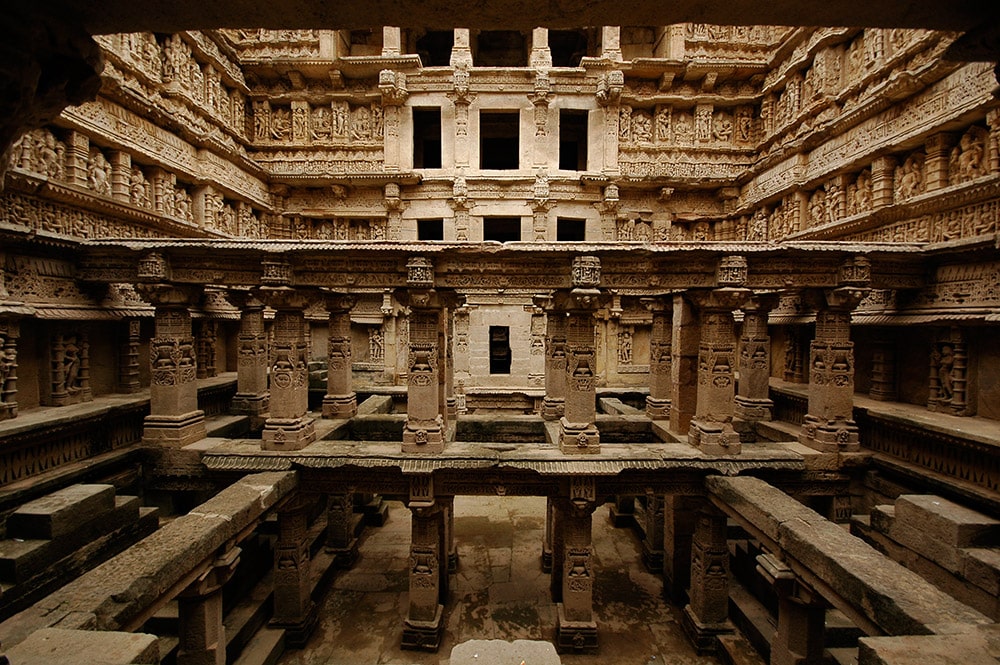The Rock Carvings National Park was established in 1955, the first Italian archaeological park, for the protection and enhancement of one of the most important rock complexes with prehistoric and protohistoric engravings in the Camonica Valley. It covers an area of 143,935 square meters in Naquane, on the left hydrographic slope of the Camonica Valley, between 400 and 600 m / slm.
Inside it houses 104 rocks, sandstone polished by glaciers, engraved with some of the most famous representations of the rock art repertoire of the Camonica Valley, recognized by UNESCO in 1979 as a World Heritage Site (site n. 94 "Rock Art of the Camonica Valley", the first Italian site inscribed) for the uniqueness of the phenomenon and for the importance of the scientific contribution that the study of engravings has made to the knowledge of the prehistory of Man. Rock art developed in the Camonica Valley between the end of the Upper Palaeolithic (between 13,000 and 10,000 years from today) and the Iron Age (1st millennium B.C.), a period of particular flourishing of the phenomenon, which lasted, however, also in the historical, Roman, medieval and modern ages.
